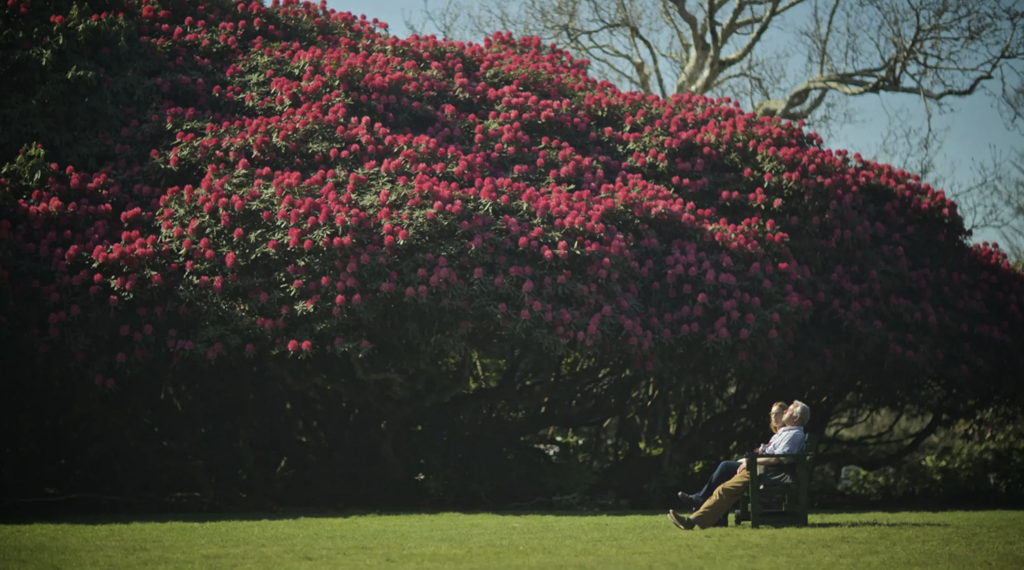
Spring in Cornwall
It’s not that we are competitive here in Cornwall, but we do like to get ahead of the rest of the country on certain things. Thanks to our milder climate, spring arrives here almost a full month before the rest of the country, and we now have a way of marking that day exactly. The Great Gardens of Cornwall have got together to create a daily report called The Spring Story, through which they monitor their champion magnolia campbellii trees, and when each of the gardens have a tree that is flowering with fifty blooms, spring has officially arrived! 2024 saw that day come on February 16th, almost two weeks before the previous few years, so we will be keeping a close eye on those buds as they shed their winter jackets, as this heralds the arrival of warmer times.
Now that spring has sprung, nature will be dusting herself off and getting ready to put on a show. Head to Lanhydrock House during April and early May to see the beautiful bluebells which carpet the estates woodland walks. Keep an eye out for walks lead by the Head Ranger to get an insider’s knowledge of how this gorgeous estate is managed, and don’t forget your camera as the woodlands really come alive with colour.
It’s not just nature that is coming out of hibernation, spring is the time that Cornwall’s unique festivals and celebrations begin in earnest. Leading the charge is Padstow’s May Day, where two Oss’s dance around the streets followed by their supporters, decked in either red or blue bandannas to show their allegiance. With its roots thought to be in the Celtic festival of Beltane, the festival is said to celebrate the arrival of vitality and fertility, and the end of winter. St Ives also hosts May Day ceremonies, usually on the May Day Bank Holiday, with plenty of song and dance, as well as the May Horns, who help to blow in summer. Helston Flora Day is held on May 8th, where the drum strikes at 7am, summoning the town to the streets to dance in and out of the houses, driving out winter and bringing in the light of spring. These festivals all share a common thread of celebration and mark the end of another long Cornish winter.
Although Cornwall does have its fair share of dog-friendly beaches, this time of year means that your four-legged friend can explore with a bit more impunity. Check the Cornwall Beaches website for detailed info but generally the seasonal dog ban begins on May 31st and lasts until 30th September, running from 10am to 6pm daily. For a longer walkies, head out on the Southwest coast path and do some exploring. Spring is the perfect time to enjoy these incredible paths, as the summer crowds have not yet arrived and the warmer weather can be perfect for a hike. Dogs are welcome along the whole of the 630 miles, so pack a snack or two and get hiking.
I appreciate that this may sound like a wild idea but hear me out. Spring really is the best time to learn to surf. Yup, I can see the face you are making, but if you get yourself in a good wetsuit, you will be just fine. Spring waves have more power than the usual summer mush, just what you need when starting out, and with fewer folk in the water you will have plenty of room to make your moves. Book in with a surf school please, spring tides can be temperamental and its always best to learn with someone who knows the beach. Get those spring lessons booked and you will be shredding by the time those September waves roll in!
You will have earned a piping hot pasty after your surf, so make sure you partake during Cornish Pasty Week, which this year falls between 24th February and 2nd March. Run by the Cornish Pasty Association, this is an opportunity to eat pasties and raise money, so what’s not to love? Grab your grub from an association member, and they will donate to The Cornish Pasty Community Fund, who last year raised over £20,000 for schools throughout Cornwall to buy equipment and ingredients for a whole range of food-based activities, from growing veg to cookery clubs.
📸 Photo credit: The Lost Gardens of Heligan
